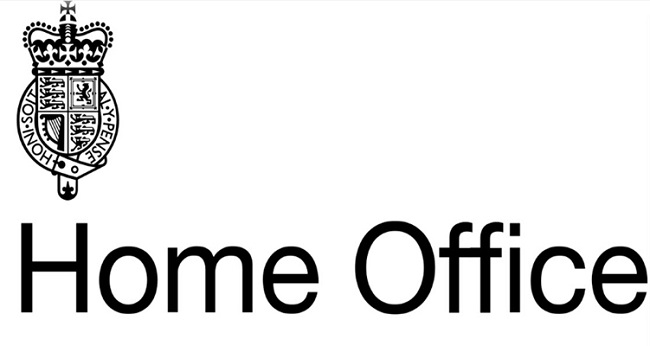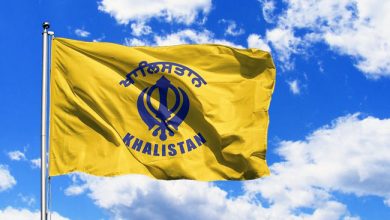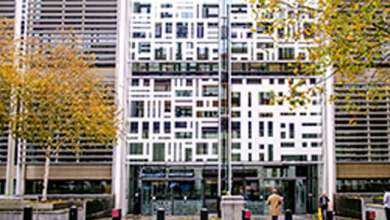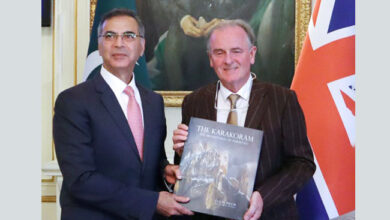Grants of Asylum/Protection Q3 July/August/September 2017

In the year ending September 2017, there were 15,618 grants of asylum, alternative forms of protection and resettlement, compared with 15,433 in the previous year. This comprised of:
- 8,147 grants of asylum to main applicants and dependants (down 9%)
- 1,123 grants of alternative form of protection to main applicants and their dependants (down 29%)
- 6,348 people provided with protection and support under a resettlement scheme (up 30%)
The number of asylum applications in the UK from main applicants decreased by 21% to 26,617 in the year ending September 2017.
There were 2,765 asylum applications from Unaccompanied Asylum-Seeking Children (UASC) in the year ending September 2017, a 15% decrease compared to the previous year of 3,244. The largest numbers of asylum applications from UASC were from Sudanese (which increased by around 5 times the number in the previous year) and Eritrean nationals, both accounting for 16% of applications each. This was followed by Afghan nationals (13%) and Albanian nationals (11%).
Of the 1,778 initial decisions relating to UASC made in the year ending September 2017, 56% were grants of asylum or another form of protection, and 24% of those were grants of temporary leave (UASC leave). UASC applicants that are refused will include those from countries where it is safe to return children to their families, as well as some applicants who were determined to be over 18 following an age assessment.
Of the 21,916 initial decisions on asylum applications from main applicants, 34% were grants of asylum or an alternative form of protection, compared to 35% in the previous year.
There were 924 grants of asylum, or an alternative form of protection, to Syrian nationals (including dependants) at initial decision in the year ending September 2017.
An additional 4,980 Syrian nationals were granted humanitarian protection under the Vulnerable Persons Resettlement Scheme (VPRS). Since this scheme began in 2014, a total of 9,394 people have been resettled.
The largest number of asylum applications in the year ending September 2017 came from Iranian nationals. This was followed by nationals from Pakistan and Iraq. Of the 5 nationalities with the highest number of applications, 4 saw falls compared with the previous year, and one (Sudan) saw an increase.
Applications from Syrian nationals saw a 68% fall in the year ending September 2017. This decrease should be seen alongside an increase in the number of Syrian nationals being granted protection in the UK through other means such as the Vulnerable Persons Resettlement Scheme. The number of Syrian’s granted protection through resettlement schemes increased by 20% in the most recent year (from 4,163 to 4,999).
Resettlement: In addition to those asylum seekers who apply in the UK, resettlement schemes are offered to those who have been referred to the Home Office by The United Nations Refugee Agency (UNHCR).
On 7 September 2015, an expansion to the existing Vulnerable Person Resettlement Programme (VPRS) was announced. Through this expansion, it was proposed that 20,000 Syrians in need of protection be resettled in the UK by 2020. A total of 9,394 people have been granted humanitarian protection under the VPRS since the scheme began, and in the year ending September 2017, 4,980 people were resettled under the VPRS across 229 different local authorities. Around half (51%) of those resettled under the VPRS were under 18 years old (2,525), and around half (47%) were female (2,356).
In the year ending September 2017, there were 1,368 people that have been resettled through other resettlement schemes including the Vulnerable Children Resettlement Scheme (412), Gateway Protection Programme (929) and the Mandate Scheme (27).
Support Provided to Asylum Seekers: At the end of September 2017, a total of 39,414 people in the UK were in receipt of support under Section 95 of the Immigration and Asylum Act 1999. This number has increased by 4% since September 2016. The total figure remains considerably below that for the end of 2003 (the start of the published data series), when there were 80,123 people in receipt of Section 95 support.
Separately, at the end of September 2017, there were 3,923 people receiving support under Section 4 of the Immigration and Asylum Act 1999, a 1% increase from the previous year.
Source: Home Office Immigration Statistics, http://bit.ly/2AprYzE





